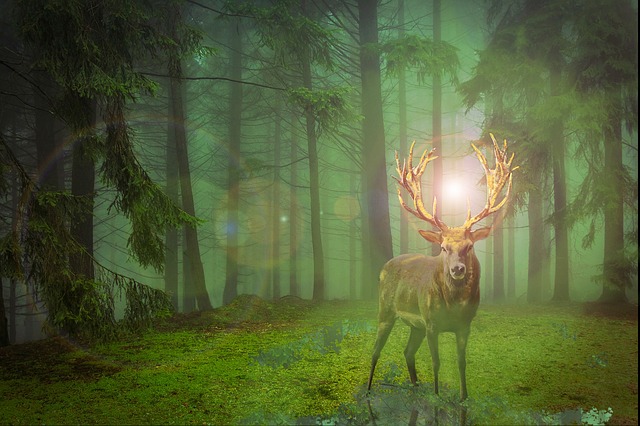
Everything You Need to Know About World-Building
If you write science fiction or fantasy, your readers expect a new world—or worlds. Only you can decide how many worlds to build and how many stories to set in your worlds.
For example, when you have one world per story, you can achieve a certain depth. But if you have multiple worlds, creating believable societies for each world gets tricky. If you’re creating many worlds, they must have enough depth for your readers to acclimate themselves.
Why build a world?
You can just as easily build your fictional world with tropes that every reader will immediately grasp. Think of elves, hobbits, fairies, dragons, wizards, and magical castles. As a writer, though, why repeat what everyone else has done? World building lets you be ultra creative beyond your storytelling.
It’s difficult, and it takes time to do it right.
Tricks to world building
There are a few tricks you can have up your sleeve that will help you create an amazing world without spending days, weeks, or years doing it. For example, it’s easy to create a world similar to Earth, but with a different name. Your readers might not find it very interesting though.
The rule of three
Expert world builders sometimes choose a familiar trope to base their new world on and then change three significant things about it. For example, you’ve created a grouchy elf with pointy ears and shoes who lives in the forest. Does this sound like a lot of elves you know? So instead of pointy ears and shoes, give your elf another physical characteristic that affects your story. Maybe the elf has super-sensitive hearing, he lives in town instead of the forest and isn’t grouchy.
Changing three significant things in your world can take a trope to a new level that your readers won’t recognize right from the start.
Creating new names
There’s risk involved when you create new plants and animals. For example, say there's a rose in your new world that looks just like those on Earth but has poison in its thorns. If you call it a rose, your readers will automatically think of it as the rose they’re accustomed to when they read, forgetting about its poisonous nature. If this new rose is essential to your story, you’d have to keep referring to it as the "poisonous rose" so your readers don’t lose that characteristic. That becomes cumbersome and your readers will still envision a regular rose.
But there’s also risk involved when you create a new plant or animal and give it a unique name. You need to firmly implant a description in your readers’ minds so they picture the new creation each time they read the name. Don’t use a common term for a new species in your world. For example, if you create a goblin-like creature in your new world, your readers will expect a certain image. And if you describe it as something that looks like a chimpanzee, you’ll disappoint your readers.
If you're looking for inspiration, ProWritingAid's Word Explorer allows you to find synonyms, quotes, collocations, rhymes and clichés so that you can create the perfect name.
Decide how many worlds you need
One world per story makes life so much easier. You create exactly the characteristics you need for your story, which takes less time and effort than if you need a world to carry a whole series of stories. That way, if you tire of your new world, you’re done with it at the end of your tale. Especially if you’re new to world building, consider a one-and-done approach to get your feet wet and learn from your experience. The inherent risk, however, involves creating a simple world that doesn’t grab your readers’ attention and doesn’t serve your story in any fashion. You might end up relying on tropes already done ad nauseam.
On the other hand, you could create a complex world where you delve deeper into details that add more realism. If you’re creating new species, you need to make them realistic and show their place within society.

Take the Harry Potter series for example. Hogwarts is a new and exciting world that comes alive in different ways in each new story. And when JK Rowling introduces new magic into the Hogwarts world, we follow right along as readers. Incidentally, it makes merchandise licensing easier, if that’s your dream goal.
Now consider an amazing series like Star Wars or Star Trek that introduce new worlds and galaxies. They offer their audience unique and exciting species and life forms to uncover in each story. This requires intensive development time to create a believable, realistic new world that grabs viewers’ attention. So if you have the leisure of infinite time to dedicate to your stories, consider creating new worlds for each tale. But beware world-building fatigue. You may feel pressed to include more details than your story needs because you’re too invested in your world. Also, for the time and effort you spend creating and inventing new things, you’re not getting any writing done on your plot or main characters.
Final thoughts
As authors, we’re sometimes too close to our work to get a feel for what’s excessive world building versus what needs more depth. Reading successful sci-fi and fantasy novels will help you realize the detail you need. Also, beta readers are an invaluable tool to help point out what’s working and what’s not.
Finally, the more you write, the better you get at identifying how to take a trope and change it into something new and amazing that readers will love.

